Or, What to Bring to the First Staff Potluck
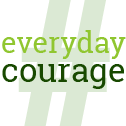 Opening up to fellow educators can be hard. We all know we’re doing the best we can, but many of us also feel like we could be doing better for our students. We want to do the best we can and sometimes we get terrified that it’s not enough. What if none of the other teachers feel this way?
Opening up to fellow educators can be hard. We all know we’re doing the best we can, but many of us also feel like we could be doing better for our students. We want to do the best we can and sometimes we get terrified that it’s not enough. What if none of the other teachers feel this way?
Except: they do.
And that’s why it’s important to be brave enough to connect with the other teachers on your team, to really get to know them as people — and to let them get to know you in return. They can be some of your most important resources during the school year.
Continue reading “Laying the groundwork for effective teaching teams”
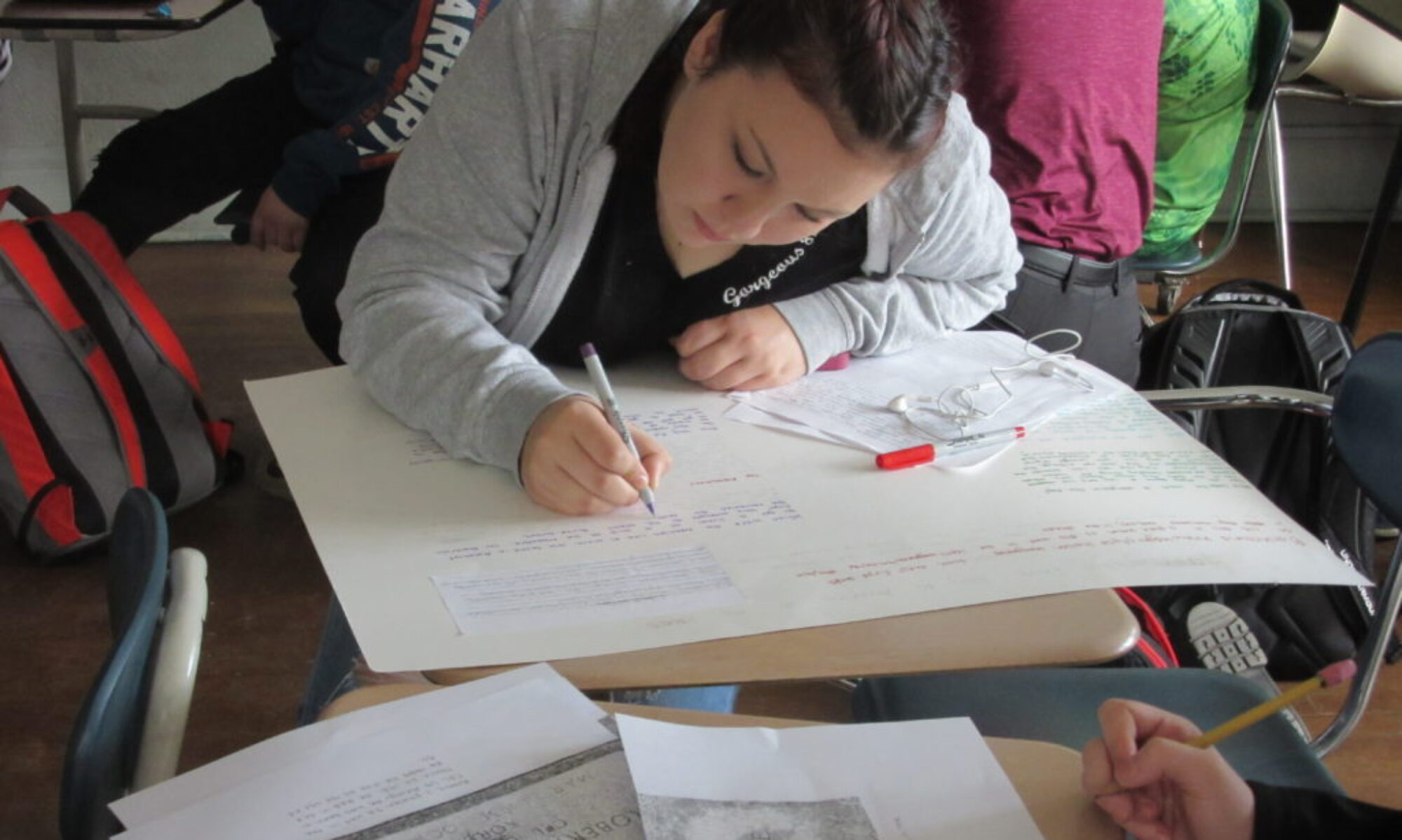

 Looking for ways to explore digital identity with students? Here are 4 student-centered, tech-rich digital identity exercises for working with students. As a bonus, all the exercises produce media that students can add to their digital portfolios. Let’s watch!
Looking for ways to explore digital identity with students? Here are 4 student-centered, tech-rich digital identity exercises for working with students. As a bonus, all the exercises produce media that students can add to their digital portfolios. Let’s watch!
 I’m participating in
I’m participating in  Every two years our team does an interdisciplinary unit on the European Renaissance. I’m a big believer in learning history from the inside out, by asking students to really look at individual people. I also wanted to do something that connected things that kids were interested in to this time period. To get them to really feel as if they were some of these people, it just made sense to connect modern technology using the smartphone, since many of them are on their smartphones a lot of the time anyway.
Every two years our team does an interdisciplinary unit on the European Renaissance. I’m a big believer in learning history from the inside out, by asking students to really look at individual people. I also wanted to do something that connected things that kids were interested in to this time period. To get them to really feel as if they were some of these people, it just made sense to connect modern technology using the smartphone, since many of them are on their smartphones a lot of the time anyway.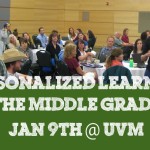
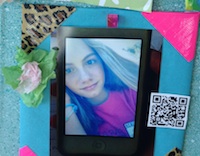
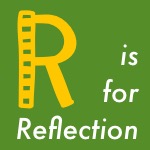
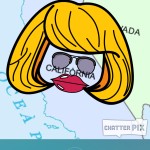
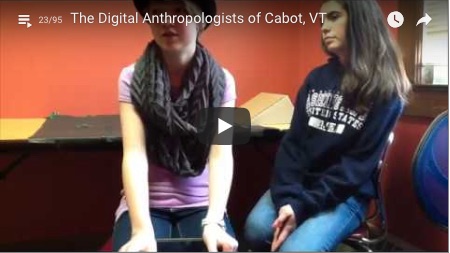

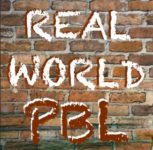 As part of
As part of